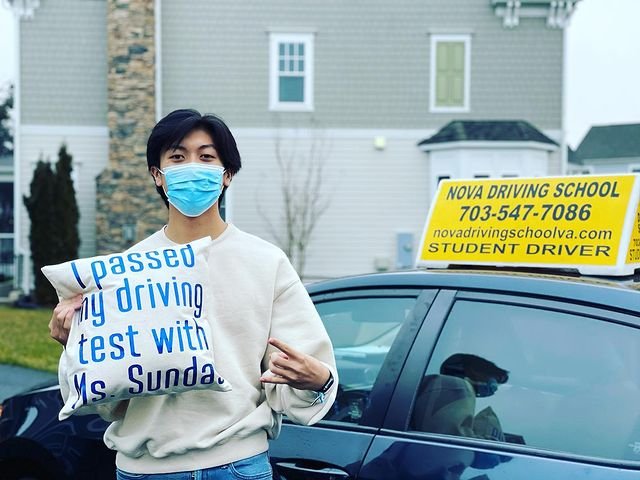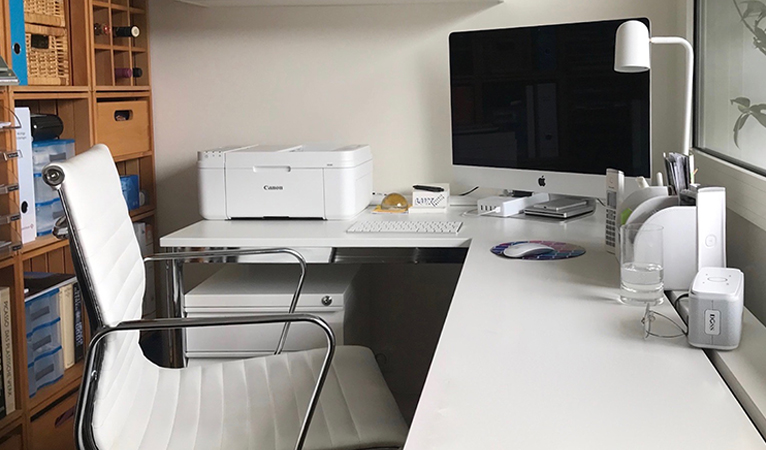Empowering Primary Teachers: Unlocking the Potential of Music Resources for Elementary Education

In the bustling world of primary education, teachers wear many hats, striving to create dynamic learning experiences that ignite curiosity, foster creativity, and empower students to reach their fullest potential. Music, with its transformative power and universal appeal, is a cornerstone of the elementary curriculum, offering myriad opportunities for exploration, expression, and growth. To harness the full potential of music in the classroom, primary teachers rely on a rich array of music resources tailored to their unique needs and objectives.
The Importance of Music Resources for Primary Teachers
Music resources for primary teachers serve as invaluable tools for curriculum enrichment, lesson planning, and instructional support. From comprehensive textbooks to interactive digital platforms, these resources provide educators with the guidance, inspiration, and materials needed to deliver engaging and effective music instruction. Whether teachers are seasoned musicians or novice educators, access to high-quality music resources ensures that every child receives a well-rounded education that nurtures their musical talents and appreciation.
Exploring Elementary Music Education Books
Elementary music education books serve as foundational texts that inform and inspire music instruction in the primary classroom. Written by experienced educators, researchers, and practitioners, these books cover a wide range of topics, from pedagogy and curriculum development to repertoire selection and assessment strategies. By delving into the pages of these insightful publications, primary teachers gain valuable insights, practical strategies, and innovative ideas for integrating music into their daily teaching practice.
Key Themes in Elementary Music Education Books
- Pedagogical Approaches: Elementary music education books explore various pedagogical approaches and methodologies tailored to the unique needs and developmental stages of young learners. From Orff and Kodály methods to Dalcroze and Suzuki philosophies, educators gain a deeper understanding of the theoretical foundations and practical applications of each approach, enabling them to create engaging and developmentally appropriate music experiences for their students.
- Curriculum Development: Effective music instruction requires a well-designed curriculum that aligns with national standards, learning objectives, and student interests. Elementary music education books provide guidance on curriculum development, including scope and sequence, lesson planning, and interdisciplinary connections. By following evidence-based practices and incorporating diverse musical experiences, teachers create vibrant learning environments that inspire creativity, critical thinking, and musical literacy.
- Repertoire Selection: The selection of repertoire plays a crucial role in shaping students' musical experiences and fostering a lifelong love for music. Elementary music education books offer valuable insights into repertoire selection, highlighting diverse musical styles, cultures, and genres suitable for primary learners. From folk songs and classical masterpieces to contemporary compositions and world music traditions, teachers discover a wealth of resources to enrich their classroom repertoire and cater to the diverse interests and backgrounds of their students.
- Assessment and Evaluation: Assessing student learning and progress is an integral part of effective music instruction. Elementary music education books provide practical strategies and assessment tools for evaluating musical skills, knowledge, and understanding. Whether through performance assessments, listening activities, or creative projects, teachers gain valuable insights into student growth and development, informing instructional decisions and fostering continuous improvement.
- Inclusive Practices: Inclusivity is a core principle of elementary music education, ensuring that every student has equitable access to meaningful musical experiences. Elementary music education books explore inclusive practices that celebrate diversity, accommodate individual learning needs, and promote a sense of belonging for all students. By embracing culturally responsive pedagogy, adaptive strategies, and universal design principles, teachers create inclusive classrooms where every child can thrive and succeed.
Integrating Music Resources into Primary Teaching Practice
- Professional Development: Continuous professional development is essential for primary teachers to stay informed about best practices and emerging trends in music education. Music resources provide opportunities for ongoing learning through workshops, conferences, webinars, and online courses. By investing in their professional growth, teachers enhance their knowledge, skills, and confidence as music educators, ultimately benefiting their students and school communities.
- Collaborative Learning Communities: Collaboration is key to effective teaching and learning in the primary classroom. Music resources facilitate collaboration among teachers, music specialists, administrators, and community partners, fostering a culture of shared expertise, collective problem-solving, and mutual support. Through collaborative learning communities, teachers exchange ideas, resources, and experiences, enriching their teaching practice and enhancing student learning outcomes.
- Technology Integration: Technology serves as a powerful tool for enhancing music instruction and expanding learning opportunities for primary students. Music resources include digital platforms, software applications, and multimedia resources that engage students in interactive learning experiences, virtual performances, and creative projects. By integrating technology into their teaching practice, teachers enhance student engagement, promote digital literacy, and prepare students for success in the 21st-century workforce.
- Parent and Community Engagement: Parent and community engagement are essential components of a vibrant music education program. Music resources provide resources and strategies for involving parents and community members in the musical life of the school, whether through family concerts, volunteer opportunities, or community partnerships. By fostering positive relationships with parents and community stakeholders, teachers create a supportive environment where students can flourish and achieve their musical potential.
Conclusion
Music resources for primary teachers are indispensable assets that empower educators to unlock the transformative power of music in the elementary classroom. By exploring the insights and strategies offered by elementary music education books and other resources, teachers create vibrant learning environments that inspire creativity, foster collaboration, and cultivate a lifelong love for music. Together, let us harness the potential of music resources to enrich the lives of primary students and nurture the next generation of musicians, creators, and global citizens.












